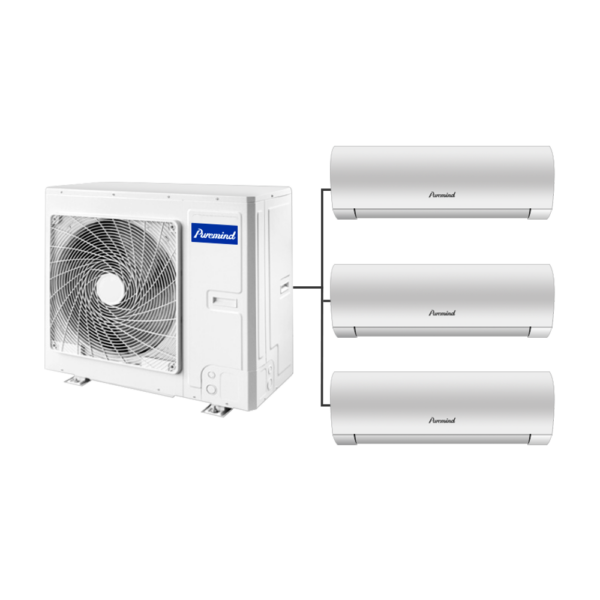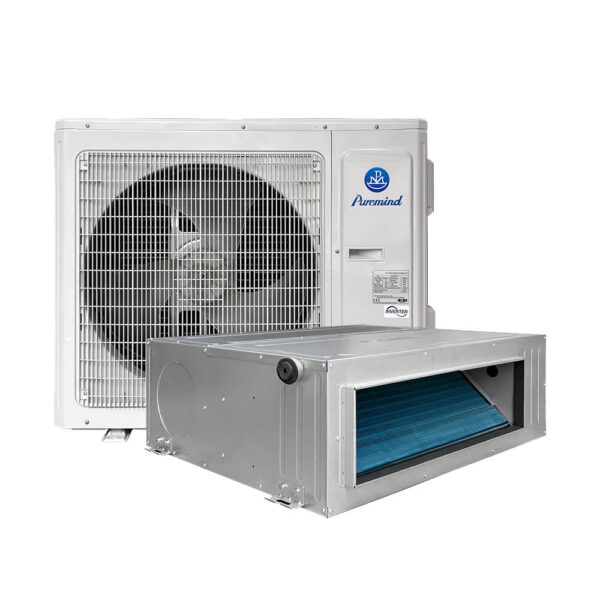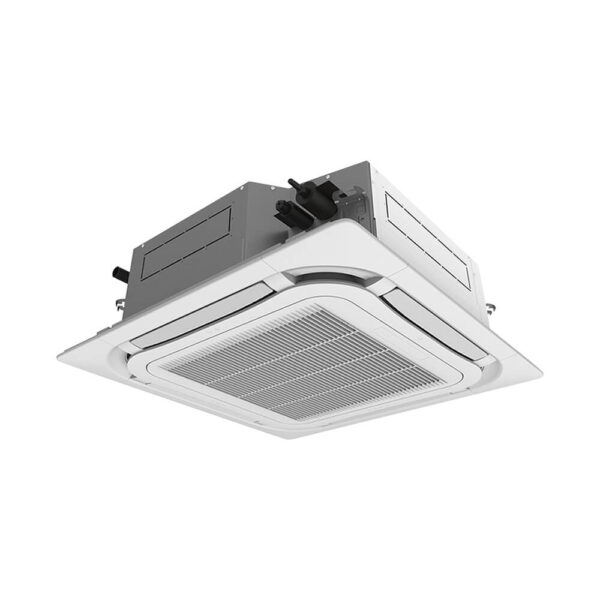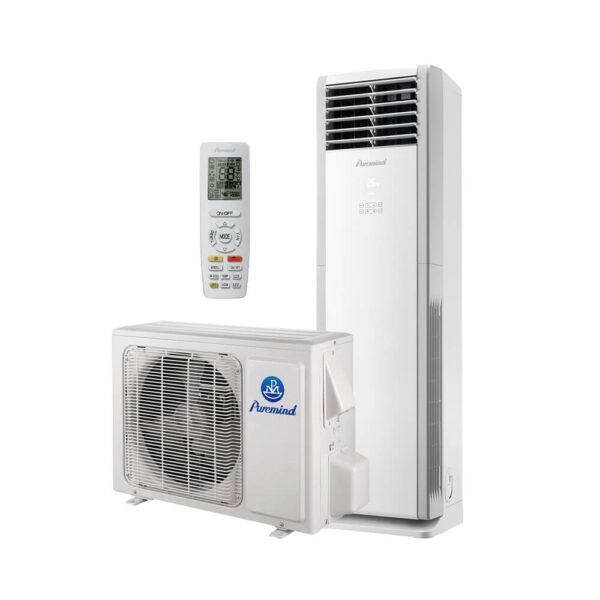HVAC Duct: A Complete Guide for Wholesalers and Distributors
In B2B HVAC, ductwork often decides whether a system delivers comfort, efficiency, and quiet operation—or ends up causing callbacks. For wholesalers, suppliers, and distributors, understanding HVAC duct fundamentals is essential to guide contractors, shape stocking strategies, and protect margins. This guide distills the essentials: system types, sizing and pressure basics, materials and accessories, installation quality, code/standard touchpoints, and practical business plays that keep inventory moving.
HVAC Duct Basics and Terminology
The term duct refers to the air distribution pathways that move conditioned air from equipment to occupied spaces and back. Good HVAC duct design balances airflow, pressure, noise, and energy use. Key terms to align your team on:
- Total External Static Pressure (TESP): The pressure the blower must overcome across the duct system and components.
- Friction Rate: Pressure loss per 100 feet of duct; used to size trunks and branches.
- Equivalent Length: Fittings add “virtual length” due to turbulence; elbow type matters as much as straight runs.
- Return vs. Supply: Return brings air back to the air handler; supply delivers conditioned air to rooms.
- Balancing: Using dampers and design rules to achieve target CFM per room without objectionable noise.
Where Duct Design Makes or Breaks Performance
Many comfort complaints trace to undersized returns, restrictive filters, or leaky branches—not the equipment. A well-executed HVAC duct plan ensures the coil and blower operate in their sweet spots, lowering energy use and sound while preventing premature wear. For distributors, having credible duct knowledge builds trust with contractors and helps you specify complete, profitable kits.
Common Duct Types and When to Use Them
Each material and format has trade-offs in leakage, labor time, acoustics, and durability. Distributors should stock a mix that matches regional install habits and code expectations.
Galvanized Sheet Metal (Round and Rectangular)
Strengths: Low leakage when sealed, smooth interior, high durability, excellent for high-static applications.
Watch-outs: Higher labor than flex; rectangular transitions and poorly designed elbows can increase pressure drop if not selected carefully.
Flexible Duct
Strengths: Fast installs, great for final runs, forgiving around obstacles.
Watch-outs: Oversagging and tight bends add major friction. Keep runs short, well supported, and fully stretched. Use quality inner liners to reduce compression.
Fiberglass Duct Board
Strengths: Integrated insulation and good acoustics for low- to mid-static residential trunks.
Watch-outs: Knife/adhesive workmanship matters; protect cut edges. Confirm local code acceptance for return applications.
Fabric (Textile) Duct
Strengths: Even air dispersion in gyms, warehouses, and food service; lightweight and quick to install.
Watch-outs: Requires correct design of perforations and maintenance plans for cleanliness.
Spiral Round vs. Rectangular
Round (especially spiral) reduces leakage and friction compared to rectangular of equivalent area, improving fan energy and sound performance. When ceiling plenum space allows, round is often your most efficient HVAC duct geometry.
Sizing 101: Hints That Save Projects
Rules of thumb can mislead. A few actionable principles help contractors hit targets more consistently:
- Start with the load: Room-by-room CFM targets should come from a proper load calc, not guesswork.
- Check the blower: Plot required CFM against the blower curve at your expected TESP.
- Mind the returns: Undersized returns are a top cause of noise and low airflow; add grilles or upsize trunks early.
- Respect friction: Keep friction rates reasonable; long flex runs or sharp elbows can double effective length.
- Balance early: Include balancing dampers on branches so field techs can finalize airflow without hacks.
Sealing, Insulation, and Leakage Classes
Air leakage is lost money. Proper mastic/tape, mechanical fastening, and class-rated components reduce wasted BTUs and callbacks. Insulation levels should match climate and code. Refer to ASHRAE guidance for duct construction, sealing, and insulation recommendations used across the industry.
Accessories That Drive Attach Rate
Smart distributors package small parts that keep jobs on schedule—and increase ticket size:
- Turning vanes and radius elbows: Reduce turbulence in rectangular fittings.
- Balancing dampers and volume controls: Make commissioning predictable.
- Hangers and supports: Prevent flex sag and vibration.
- Fire/smoke dampers (where required): Code-driven components for shafts and rated barriers.
- Sealants, tapes, and gasketing: UL-listed products that survive temperature and time.
Noise Control Without Guessing
Acoustics matter in bedrooms, offices, and studios. Overspeeding blowers or squeezing air through small grilles creates hiss and rumble. Upsize returns, use lined trunks or duct board where appropriate, and maintain conservative face velocities at supply registers to keep HVAC duct systems quiet.
Installation Quality: Fast and Right
Great design can fail in the attic. Field success depends on workmanship:
- Flex discipline: Support every 4 feet, keep runs under ~15 feet when feasible, and avoid kinks.
- Transitions: Use gradual takeoffs and radius elbows to cut pressure penalties.
- Seal every joint: Mastic first; foil tapes only where listed and pressed to spec.
- Document: Take TESP readings, room CFM checks, and register temperatures as a commissioning record.
Commissioning and Verification
Balanced systems reduce callbacks and energy waste. Provide simple commissioning sheets: list target CFM per room, damper positions, and measured TESP. A verified HVAC duct outcome becomes your best sales tool—quiet rooms, steady temperatures, and happy tenants.
Stocking Strategy for Wholesalers
Winners do not stock “everything”—they stock what moves and can get the rest fast. Consider an A/B/C strategy:
- A-Movers: Common diameters (round), popular branch sizes, standard elbows, high-quality mastic and UL tapes, hangers, balancing dampers.
- B-Movers: Duct board panels, radius elbows, turning vanes, lined rectangular sections, fabric duct for open ceilings.
- C-Movers: Specialty fire/smoke dampers and unique transitions—keep on rapid vendor-direct lanes.
Bundle kits per job: trunk + branch + sealants + supports + balancing devices. This improves attach rate and speeds the counter experience for HVAC duct projects.
Logistics, Lead Times, and Seasonality
Heat waves and cold snaps shift priorities fast. Pre-stage summer inventory (returns, filters, flex, mastic) and align with fabricators who can turn custom transitions quickly. Publish a two-week look-ahead for your inside sales team so they can steer contractors toward in-stock alternatives without delaying jobs.
Quality Control and Returns
Create a simple inspection checklist for incoming sheet metal and flex rolls: seam integrity, liner adhesion, and labeling. For returns, photograph damage upon receipt and log batch numbers. Protect your brand by replacing only what you must—and use data to identify manufacturers that need coaching.
Pairing Duct with Equipment Choices
Air handlers and blowers are only as good as the path they push against. Offer “matched packages” where the HVAC duct sizing, filter cabinet, and grille selection are proven to keep TESP within spec for a given tonnage. This reduces finger-pointing and elevates your role from box seller to solutions partner.
IAQ, Filtration, and Humidity
Indoor air quality is now a purchase driver, not an afterthought. Help contractors choose MERV ratings that balance capture with static pressure, specify deeper filter cabinets to reduce pressure rise, and add dedicated dehumidification in coastal markets. Quiet, clean air turns first-time buyers into loyal accounts.
Training: The Cheapest Warranty Program You’ll Ever Run
Offer quarterly clinics that cover duct design do’s and don’ts, reading blower curves, and field measurement. Post “pitfall posters” at the counter: returns too small, flex unsupported, elbows at 90° with no radius. Every trained crew is one less warranty claim on your ledger—and a better outcome for the end user.
Content That Sells (So You Don’t Have To)
Practical guides outperform glossy brochures. Publish one-page checklists, sizing tables, and commissioning forms your contractors can print and staple to job folders. Consider a “complete kit” checklist for duct installs that pairs with common tonnages and line lengths on split systems. For product-side sourcing of matched indoor/outdoor units, see this split air conditioner category curated for distributors.
Residential vs. Commercial: Different Games
Residential: Focus on quiet, quick installs, and clean aesthetics—short flex final runs, tidy transitions, and balanced rooms.
Commercial: Emphasize sheet metal durability, lined trunks for noise control, and clear coordination with fire/smoke damper requirements. Publish submittals early to reduce change orders.
Case Study: Fixing Hot/Cold Complaints with Duct Upgrades
A contractor serving a 12,000 sq ft office struggled with hot conference rooms and cold corridors. The distributor recommended upsizing the return, adding balancing dampers, and swapping two tight elbows for radius fittings. After commissioning, measured TESP dropped by 0.25 in. w.c., room CFMs met target within ±10%, and noise complaints disappeared—textbook HVAC duct value.
Common Pitfalls and How to Avoid Them
- Undersized returns: Add grilles or duct area before chasing “bad equipment.”
- Overusing flex: Keep it taut, supported, and short; use metal for long runs and turns.
- No balancing plan: Stock and specify dampers up front; balancing beats cut-and-try.
- Skipping sealant: Tape-only joints often fail under heat and time; mastic is cheap insurance.
FAQ for Distributors
Q: What’s the fastest way to improve airflow complaints?
A: Upsize returns, replace restrictive filters, and check for crushed flex first—before touching equipment.
Q: How do I reduce noise?
A: Slow the air (larger ducts/grilles), use lined sections where appropriate, and remove sharp, high-loss fittings.
Q: Which SKUs should always be in stock?
A: Popular round sizes, quality flex, radius elbows, balancing dampers, hangers, and UL-listed sealants—your HVAC duct essentials.
Conclusion
Air distribution is where projects succeed or fail. For wholesalers and distributors, mastering HVAC duct design, materials, and field practices turns you into a solutions partner who protects comfort, efficiency, and margins. Keep assortments tight, train relentlessly, bundle complete kits, and verify results with simple commissioning tools—the formula for fewer callbacks and stickier customer relationships.







